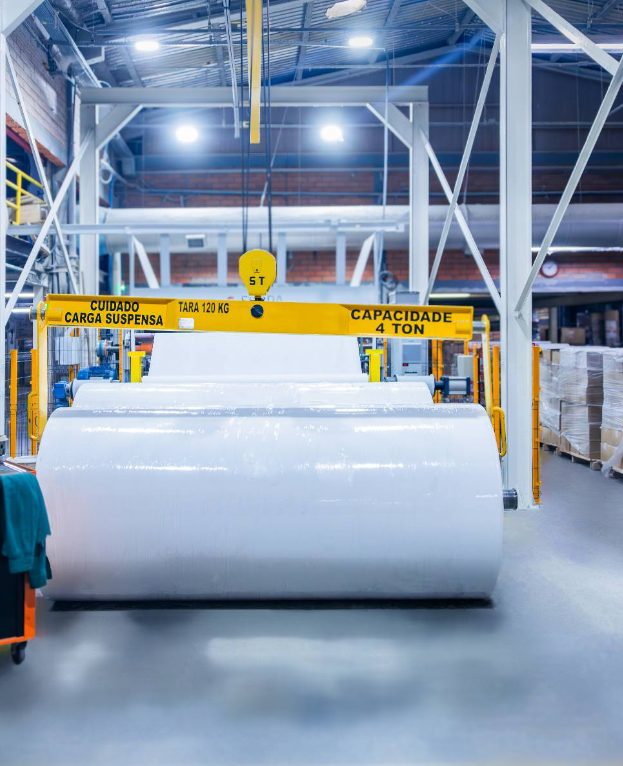
softexpaper.com




Production process of toilet paper base paper roll
1. Raw material selection and processing:
Common raw materials include wood pulp (such as hardwood pulp, coniferous wood pulp), bamboo pulp, straw pulp, etc. The fiber characteristics of these raw materials are different, which will affect the quality and performance of the final paper.
Before entering the production process, the raw materials need to be screened and purified to remove impurities such as stones, metal fragments, plastics, etc.
2. Pulping:
Chemical pulping: Use chemical agents (such as sodium hydroxide, sodium sulfide, etc.) to cook the raw materials, decompose and dissolve the lignin in them, and separate the fibers.
Mechanical pulping: Directly separate the fibers of the raw materials through mechanical force (such as refining).
Waste paper pulping (if waste paper is used as raw material): Waste paper is made into usable pulp through processes such as shredding, screening, deslagging, and deinking.
3. Pulping:
The obtained pulp is pulped, and the length, strength and flexibility of the fibers are adjusted through cutting, fibrillation, and brooming to meet the requirements of paper performance.
For example, for toilet paper base paper that requires higher strength, a higher degree of beating will be used.
4. Pulping Mix:
Based on the performance requirements and cost considerations of the product, pulps of different types and qualities are mixed in a certain proportion.
At the same time, various additives are added, such as reinforcing agents (to improve paper strength), retention and filtration aids (to improve the retention rate of fibers and fillers), defoaming agents (to eliminate bubbles in the pulp), etc.
5. Papermaking:
Headbox: Evenly distribute the prepared pulp to the papermaking mesh.
Mesh: The fibers in the pulp are dehydrated and interwoven in the mesh to form a wet paper web.
Pressing: Further dehydration is carried out through mechanical pressing to increase the dryness and tightness of the paper web.
Drying: Steam drying cylinders or hot air drying are usually used to make the dryness of the paper web reach 92% - 95%.
6. Surface treatment:
Surface sizing or coating treatment can be performed as needed to improve the surface properties of the paper, such as water absorption and smoothness.
7. Winding:
The dried paper web is wound into a large roll.
8. Rewinding and slitting:
According to customer requirements, the large roll is rewound and slit into small rolls of different specifications and diameters.
Taking a large toilet paper production plant as an example, they use advanced continuous cooking technology in the pulping process to improve production efficiency and the stability of pulp quality. In the papermaking process, the use of high-precision headboxes and new pressing equipment significantly improves the uniformity and strength of the paper. The application of these advanced processes and equipment ensures the high quality and high yield of toilet paper base paper large rolls.